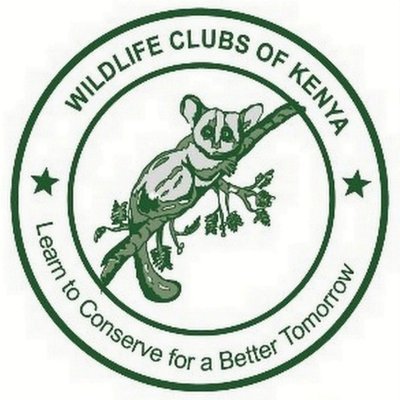About the Threat
Population growth and land division
If not acquired now, precious land for wildlife will be lost due to the ongoing subdivision of the once communal land into individual parcels, where owners with title deeds can start any activity, including those that may be incompatible to wildlife survival. Moreover, land demarcation has triggered the construction of fences, blocking wildlife migratory areas, including between Mara Siana Conservancy and Koiyaki Group Ranch.
The ecosystem’s biodiversity is under intense pressure due to a growing Maasai population and their grazing herds. Population growth in this region is 4.7%, compared to Kenya’s national growth rate of 2.7%. In the local area, 77.5% of Siana households use firewood for cooking.
Some land has been cleared for settlement and other related activities, leading to a loss of biodiversity, as well as disturbing the migration of keystone species like elephants. From 1986 to 2007, the area under agriculture around the Maasai Mara Reserve increased from 1% to 12%.
Finally, the reduction of grass and water resources that are used by local people has led to an escalation of human-wildlife conflicts in areas around the Maasai Mara National Reserve and ecosystem as a whole. A new tarmac road in the nearby community of Nkoilale now opens the area to more human activities.

About this land
Why vote for this habitat
The 4,500 km2 Maasai Mara ecosystem has the highest density of wildlife in Kenya, harbouring about 25% of the country’s wildlife.
The land is adjacent to the Mara Siana Conservancy, which is situated northeast of Maasai Mara National Reserve. It is in a pristine state. Acquisition of the land will create a migratory corridor and habitat for all wildlife between the Mara Siana Conservancy and Koiyaki Group Ranch.
The area holds an assortment of wildlife species, including the Endangered Masai Giraffe (Giraffa tippelskirchi), the Critically Endangered Black Rhino (Diceros bicorn), as well as the Vulnerable Lion (Panthera leo), Leopard (Panthera pardus), and African Elephant (Loxodonta Africana). Critically Endangered birds found in this habitat are the Hooded Vulture (Necrosyrtes monachus) and the White-backed Vulture (Gyps africanus), and Endangered birds include the Grey-crowned Crane (Balearica regulorum) and the Saker Falcon (Falco cherrug).
The parcel of land is situated in a key elephant migratory corridor that connects Mara Siana Conservancy to Koiyaki Group Ranch.
Backed by: Scientific Advisory Committee
Cost of Land Purchase
Total Amount requested
$59,740 US
Minimum purchase
$40,000 US
Size of suggested purchased land of this application
5.6 ha
Minimum size that can be purchased
4.05 ha
Land purchase (14 acres at US$4,000 per acre)
$56,000
Survey: Hiring a surveyor to survey & demarcate the land
$1,000
Legal Fees: Hiring a lawyer for legal processes & to transfer land ownership
$1,680
Land Board: to process and print the land title deed
$560
Logistics: to cover rangers’ needs during the survey & boundary demarcation
$500
Total
$59,740
Local Partner NGO
Status of registration of the group at the national level
Nonprofit, nongovernmental organization
Governance and management structure of the group
The aim of the Wildlife Clubs of Kenya (WCK) is to build conservation knowledge, skills, values and interest among Kenya’s youth. The major activities WCK has undertaken in the last 3 years include: outreach conservation education; wildlife ecology outdoor learning; programs to save endangered wildlife, including restoring natural habitat; and the production of education materials.
WCK is led by the Patron, Dr. David Western, and two Trustees, Mr. Philemon Mwaisaka and Dr. Ibrahim Ali. Reporting to the Trustees is the Governing Council, which comprises representatives from various conservation organizations, ministries and government parastatals. The WCK Chief Executive Officer (CEO), Dr Margaret Otieno, is in charge of WCK operations and reports to the Governing Council. Under the CEO are the heads of different departments, as well as WCK regional heads and field officers, who run various regional offices and programs together with the support staff. WCK has 46 employees in total.






